As the University of Notre Dame celebrates International Women’s Day and Women’s History Month, meet eight individuals who are accelerating progress in their respective fields and advancing the University’s mission as a leading research institution that is a means for good in the world.
College of Architecture
Ming Hu
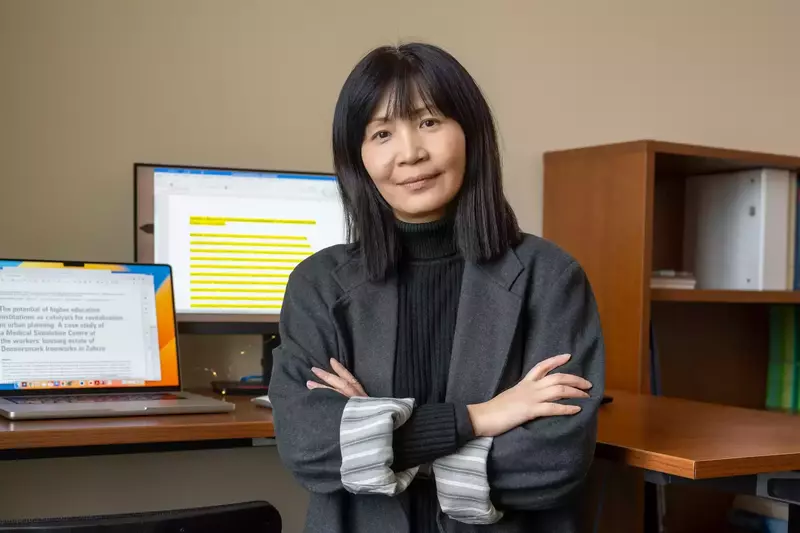
When Ming Hu talks about engineering and architecture, two fields merge into one.
Combining analytical and technological skills with hand drawing and spatial literacy has led her to study, practice, and research solutions that are good for the planet and its people. She is emblematic of the right and left brain working together in balance.
College of Arts and Letters
Erin McDonnell
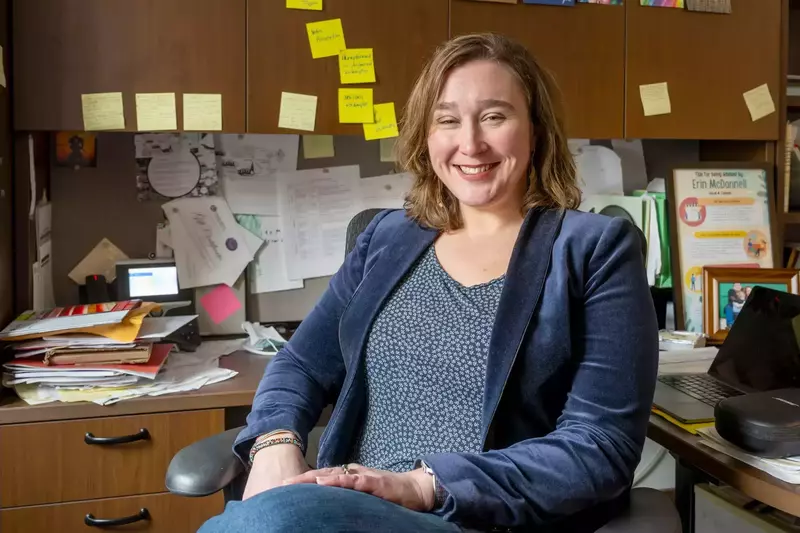
Erin McDonnell sees those who fight against the odds.
The University of Notre Dame sociologist works with public sector employees in low-income nations who face uphill battles against bureaucratic procedures and cultural stigmas that inhibit their work. But instead of focusing on what’s going wrong, McDonnell emphasizes what’s going right.
College of Engineering
Jennifer Schaefer
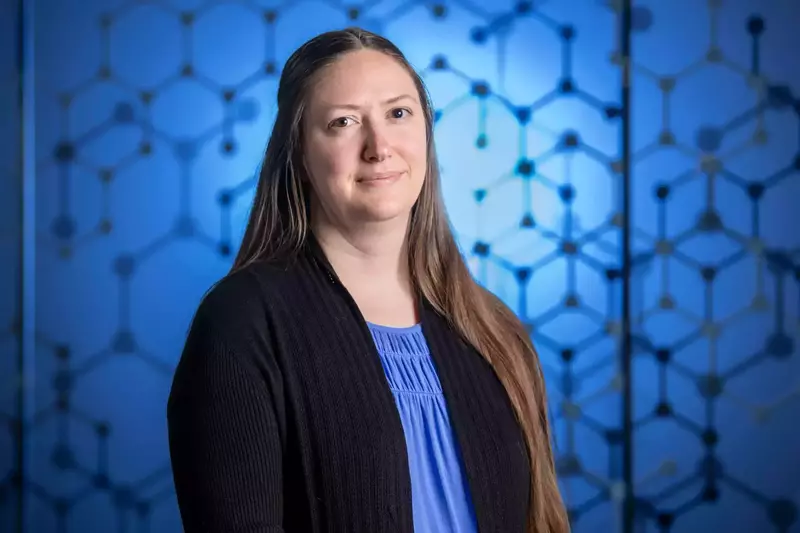
On the first day of class each semester, Jennifer Schaefer tells her students that she chose chemical engineering because our everyday lives are shaped by the existence of plastics.
She wanted a field with tentacles stretching everywhere—from food and pharmaceuticals to consumer products and energy. Her new course, co-taught with a colleague and aimed at non-engineering students, is called The Story of Stuff. It traces the life cycle of everyday things from the raw materials used in production to how they are made to what happens after we are done with them. The focus is on impact.
Keough School of Global Affairs
Julia Kowalski
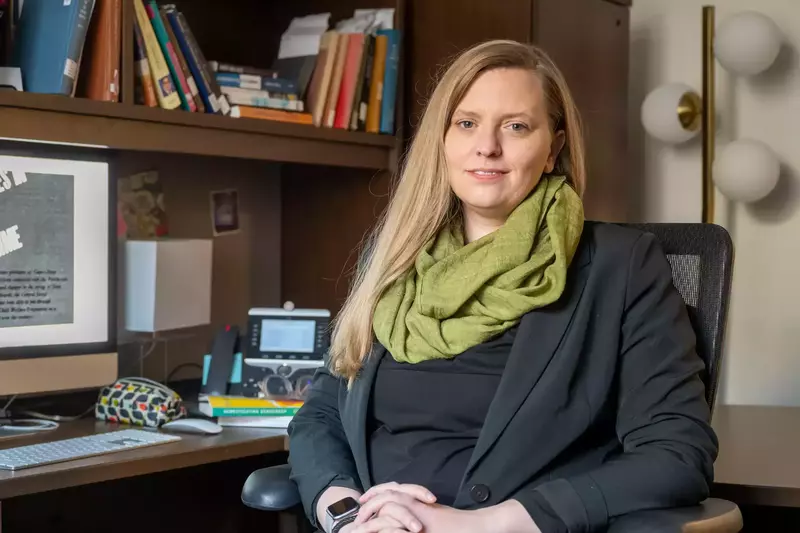
Julia Kowalski studies how abstract social phenomena such as gender inequality and democracy manifest themselves in intimate lived experiences, especially in India and South Asia more broadly.
“Part of what’s at stake is that inequality and power are often reproduced at micro levels in ways that can be hard to see. My research enables us to see how gender-based inequality gets grounded and naturalized in everyday life.”
The Law School
Kristina Swanson
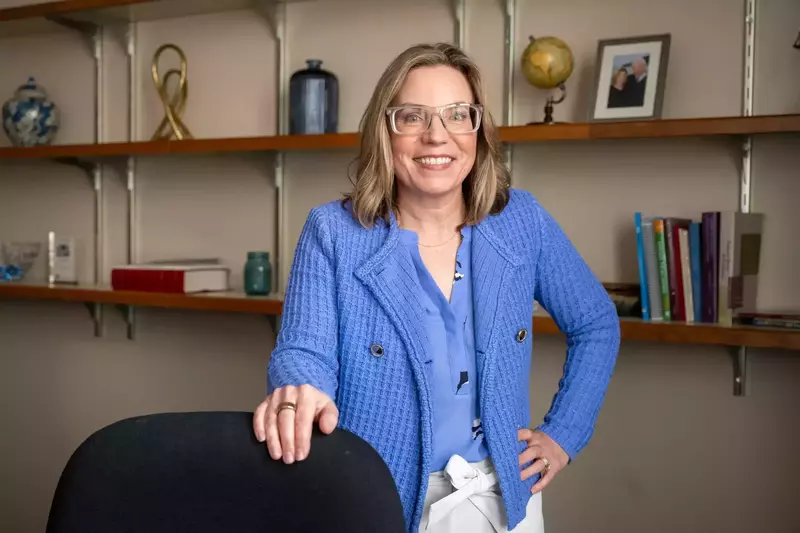
Kristina Swanson is on a mission to build a more inclusive legal community while equipping her students to do important work.
After graduating cum laude from Harvard Law School and clerking, she thrived as a litigation attorney and became known as the go-to brief writer for the most complex cases. Despite her love of practice and her unquestionable success, she found that the entrenched path to being a successful attorney was not inclusive to many women. “In the law, we tend to measure the success of an attorney about 10 years after graduating from law school,” she explained. “For many people, that puts striving for the highest markers of legal success at the exact same time that family responsibilities begin.
Mendoza College of Business
Sandra Vera-Muñoz
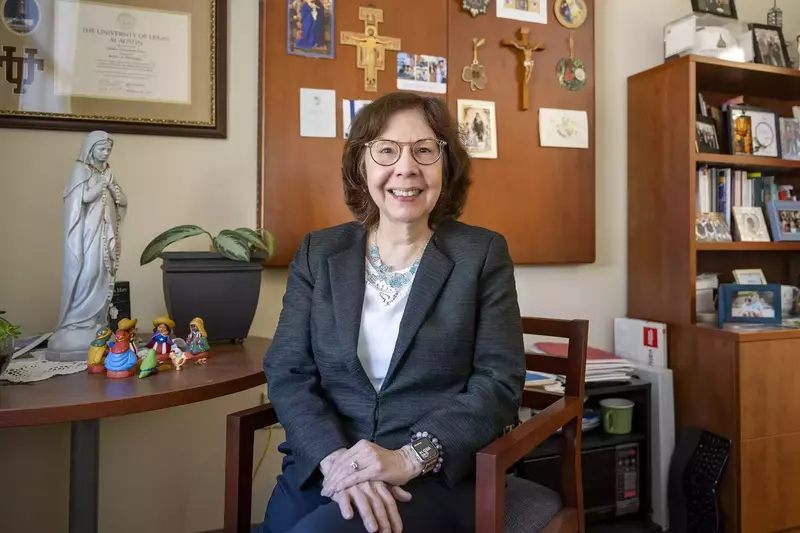
Sandra Vera-Muñoz can point to the exact moment her research and teaching pivoted to focus on how accounting can incentivize sustainable business practices.
Always interested in how accounting affects managerial decision-making, Vera-Muñoz had an epiphany while listening to a speaker at a 2009 accounting conference in New York City. The message was that accountants are best positioned to measure and account for the risks and rewards related to a company’s sustainability practices, something that investors are clamoring for businesses to disclose.
Office of the President
Ann Firth
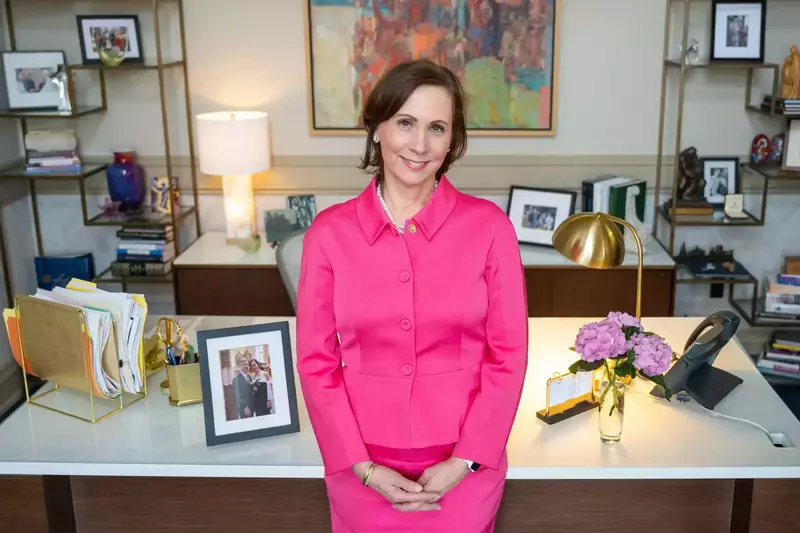
Family roots run deep for Ann Firth, vice president and chief of staff in the Office of the President.
Her parents immigrated to the United States from Germany, seeking opportunity. “My parents were immensely proud of being US citizens and their life here,” Firth said, “but they also thought it was important for their children to understand their roots. Every summer we would travel back to visit relatives in Germany. My mother and father were the only ones in their families to emigrate. So in some sense, I grew up in a typical immigrant family. But there was a richness in going back to visit this large extended family that was very formative for me in terms of who I am today.”
College of Science
Ana Flores-Mireles
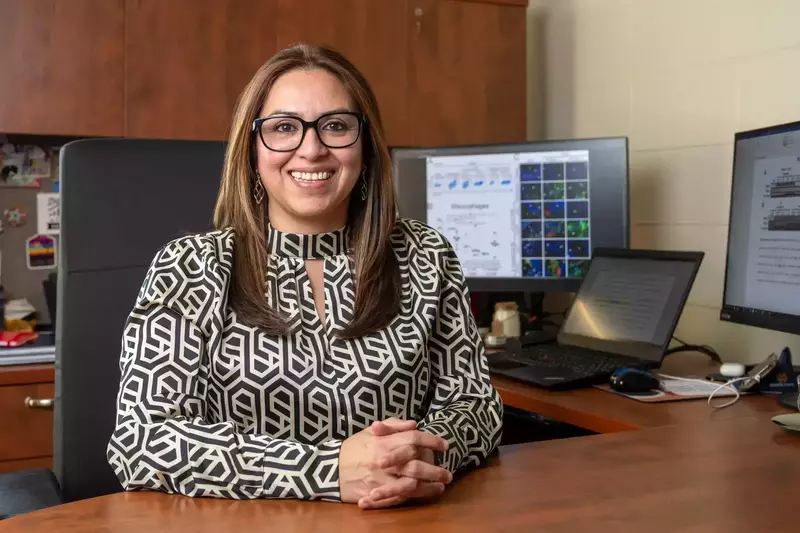
Ana Flores-Mireles grew up in Jalisco, Mexico, and assumed she might become a doctor because her aunt worked as one. The job intrigued her. But then her interests changed while watching the movie Jaws.
“I asked my mom, what is that guy’s (character Matt Hooper’s) job? What do you have to do to work with that animal?” Flores-Mireles said, and laughed. “My mom was like, ‘I think he’s a marine biologist.’ So I told her I was going to be a marine biologist, and that really was in my mind for a long time.”